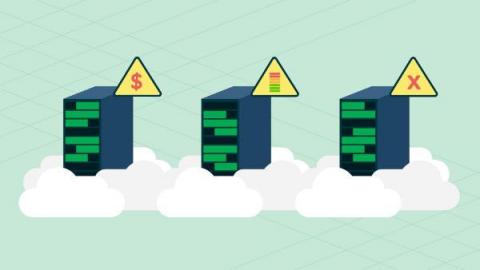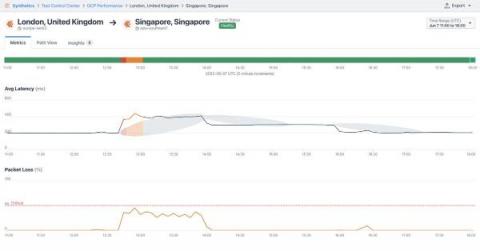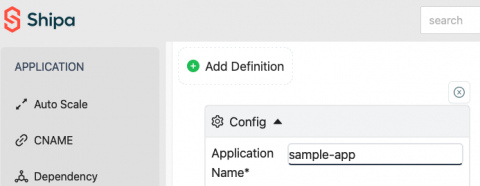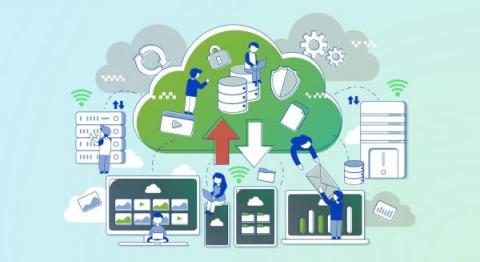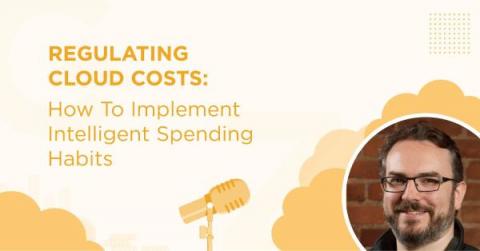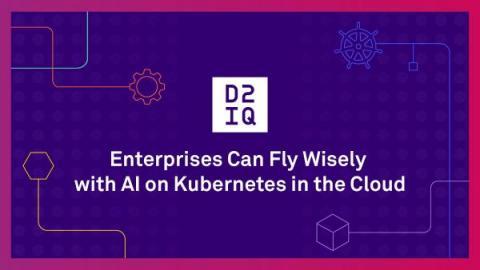Accurately Forecasting Cloud Costs
Most companies today have a “cloud first” computing strategy. According to Foundry’s April 2022 report outlining their 2022 Cloud Computing research, 92% of businesses globally have moved to the cloud. What’s more, the percentage of companies with most or all of their IT infrastructure in the cloud is expected to leap from 41% today to 63% in the next 18 months. As companies move more workloads onto various cloud platforms, cloud budgets continue to increase.



